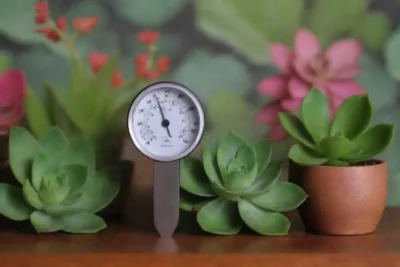
When to Worry: Humidity Issues in Succulent Growth
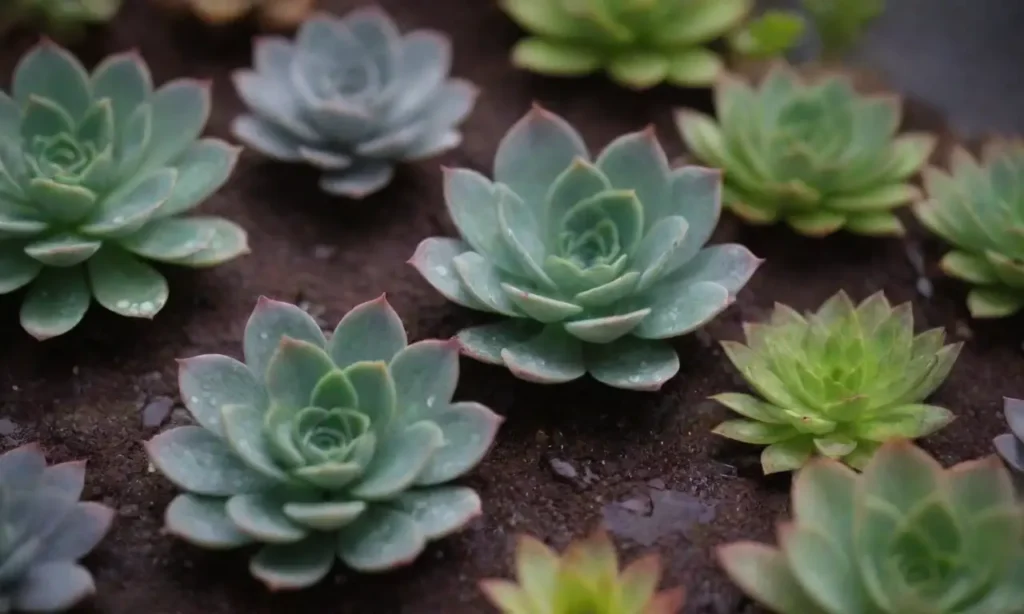
Introduction
Succulents have become a popular choice for both novice and experienced gardeners due to their fascinating appearances and low maintenance needs. Renowned for their ability to thrive in arid environments, these plants store water in their leaves, stems, or roots, making them remarkably resilient. However, while they are naturally equipped to handle low humidity, high humidity levels can lead to various challenges that may compromise their health and growth.
This article aims to illuminate the intricacies of humidity in succulent care. We will explore how humidity affects these plants, when to worry about humidity levels, and actionable solutions for optimal growth. If you are a succulent enthusiast or just starting your journey with these unique plants, understanding how to manage humidity will be imperative to ensuring their thriving presence in your home or garden.
Understanding Humidity and Its Effects on Succulents
Humidity refers to the amount of water vapor present in the air. This environmental factor can significantly affect how succulents grow and flourish. Succulents, by their nature, have adapted to low-humidity conditions, typical of arid and semi-arid regions. However, they are still susceptible to the moisture levels in their surroundings, which can lead to either dehydration at low humidity or over-exposure at high humidity.
The Role of Humidity in Plant Metabolism
Plant metabolism involves various physiological processes including photosynthesis, respiration, and transpiration, all of which can be significantly impacted by humidity. At low humidity levels, succulents tend to efficiently conserve water, maximizing their resource usage. However, when humidity is excessively high, these plants may struggle to close their stomata—the tiny openings on leaves that facilitate gas exchange—leading to challenges in moisture regulation. In such scenarios, succulents may absorb more water than they can process, which can be detrimental in the long run.
With high humidity, succulents may become more susceptible to diseases such as root rot and fungal infections, as the excess moisture in the air encourages the growth of pathogens. Plants may exhibit signs such as wilting or yellowing leaves, which signal deeper issues related to their overall health. Understanding how to monitor and adjust humidity levels is crucial in ensuring that succulents can thrive beautifully.
Ideal Humidity Levels for Succulents
While succulent care may vary by species, most varieties prefer humidity levels between 30% and 50%. Within this range, they can efficiently carry out essential biological processes without the excessive stress caused by high moisture levels. For instance, in such optimal conditions, succulents can exhibit vibrant colors, better flowering potential, and robust growth.
In areas with naturally high humidity, it's essential to create an environment that mimics their preferred conditions. This can be achieved through various methods such as enhancing air circulation or utilizing dehumidifiers in enclosed spaces. Moreover, growers should recognize the importance of seasonal variations in humidity, adjusting care protocols accordingly to keep their succulents thriving throughout the year.
 Understanding the Needs of Succulents During Humid Summers
Understanding the Needs of Succulents During Humid SummersSigns of High Humidity Stress in Succulents
Organic recognition of signs indicating high humidity stress is vital for any succulent grower. Initial symptoms can often be subtle, so paying careful attention to changes in your plants can help you intervene at an early stage.
Leaf Changes and Unhealthy Growth
One of the first indicators that your succulent might be experiencing high humidity stress is leaf alterations. Leaves may become soft, mushy, or even waterlogged as the plant struggles to manage the excess moisture. Further, you may notice leaves turning a shade of brown or yellow; color changes can signify stress or potential overwatering.
Moreover, succulents experiencing high humidity may also demonstrate a change in their growth habits. Instead of maintaining a compact, aesthetically pleasing form, they may stretch toward the light source in a phenomenon known as etiolation. This is not typically common in healthy conditions and indicates that the plant is not getting adequate light, compounded by the humidity stress.
The Emergence of Fungal Infections
Another pressing sign of high humidity stress is the appearance of fungal infections. These often present as dark spots or mold on the surface of leaves or stems, which is a clear indicator of excess moisture. Conditions that favor fungus can easily proliferate in environments where airflow is stagnant and humidity is persistently high.
Fungal threats such as powdery mildew or root rot are significant concerns and should prompt immediate corrective measures. These infections can not only stain your plants but also stunt their growth and vitality significantly, leading to plant decline if left unaddressed.
Root Issues and Soil Concerns
In addition to leaf and growth changes, root issues often arise from high humidity levels. Overly saturated soil creates an environment conducive to root rot, where roots decompose due to lack of oxygen, turning the roots mushy and black. You can often detect such problems if your succulent is showing significant wilting, even after watering.
Proper potting mixes play an essential role in preventing root issues in humid conditions. Succulents thrive in well-draining soils that allow excess moisture to escape quickly. Opting for mixes specifically designed for cacti and succulents can mitigate the risk of overwatering-related problems, as well as provide beneficial properties for maintaining proper humidity control.
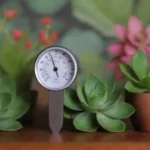 Using Humidity Meters to Care for Your Succulents Right
Using Humidity Meters to Care for Your Succulents RightSolutions and Tips for Managing Humidity with Succulents
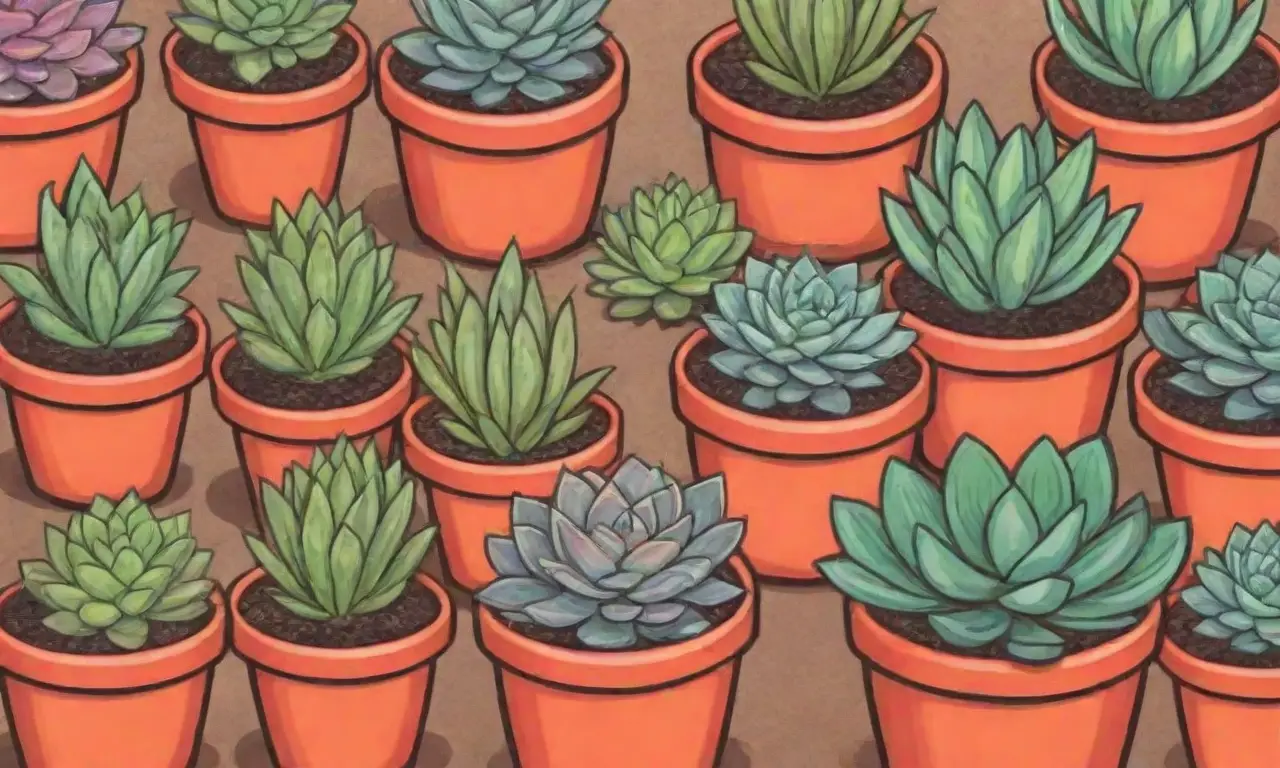
To ensure that your beautiful succulent collection remains healthy and vibrant, managing humidity levels is critical. Here are some expert insights and actionable solutions to optimize your growing experience.
Enhancing Air Circulation
Improving air circulation is one of the simplest yet most effective methods to tackle humidity issues. Allowing fresh air to circulate around your plants can help mitigate moisture build-up, reducing the risk of fungal outbreaks and hydric stress. You can utilize fans or open windows to facilitate airflow, especially during times when humidity is high.
It is also advisable to avoid clustering your succulents too closely together, as this can trap air and moisture. Instead, place them in a manner that allows good spacing, and ensure they receive adequate sunlight. This will not only help to lower humidity levels but also improve their overall resilience and growth patterns.
Adjusting Watering Practices
Monitoring your watering practices is crucial for keeping humidity in check. While succulents are drought-tolerant, it is essential to adopt a strategic watering approach to avoid further stresses. Assess whether watering is truly necessary by checking soil moisture before applying any water; if the soil is still moist several inches down, it is best to postpone watering.
You can also adjust the timing of your watering. Evening watering can increase moisture levels at night, leading to fusty conditions, so aim to water during the day when evaporation rates are higher. Implementing these practices can help establish a healthier balance and more stable humidity levels for your plants.
Utilizing Dehumidifiers
In environments where high humidity poses a persistent challenge, investing in a dehumidifier could prove to be a long-term solution for your succulent care. Dehumidifiers work to remove excess moisture from the air, creating a dryer atmosphere that can significantly benefit your succulents.
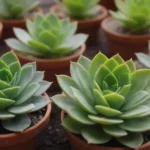 How to Revitalize Succulents Exposed to Too Much Humidity
How to Revitalize Succulents Exposed to Too Much HumidityFor the best results, set the dehumidifier at levels that maintain optimal humidity for your plants. Be mindful to regularly monitor humidity levels, as too low humidity can also negatively impact your succulents, leading to dehydration. The key is to find that balanced sweet spot where the plants can thrive.
Conclusion
Understanding the nuances of humidity alongside succulent care is critical to their health and stability. It requires awareness of the signs of high humidity stress, a commitment to implement corrective measures, and effective strategies to optimize their growing conditions. By developing a thorough knowledge base around humidity issues, succulent owners can better prepare themselves to create flourishing environments.
From recognizing the signs of stress—like leaf discoloration or unhealthy growth patterns—to improving air circulation through strategic arrangements and implementing fans, solutions abound for managing humidity. Moreover, adjusting watering regimens to mitigate the risk of overwatering and utilizing dehumidifiers, as necessary, can make a significant difference in establishing an atmosphere conducive to succulent health.
In a world where plant care thrives on the balance of various environmental factors, humidity holds a prominent role in the success of your succulent gardening experience. With the right adjustments, attention, and care, you can enjoy lush and vibrant succulents that not only beautify your space but also contribute to a more sustainable gardening ethos. Happy gardening!
If you want to read more articles similar to When to Worry: Humidity Issues in Succulent Growth, you can visit the Humidity levels category.

You Must Read